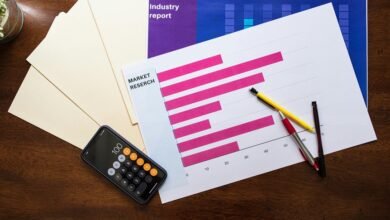
839745120 Time of Day Impact on Call Engagement
The 839745120 study presents a compelling analysis of how the time of day influences call engagement metrics. It indicates that morning calls yield higher response rates due to increased productivity and attentiveness. In contrast, afternoon calls often suffer from fatigue, while evening calls face their own set of distractions. These findings suggest that organizations might benefit from refining their call timing strategies. How can these insights be leveraged to enhance engagement outcomes?
Findings From the 839745120 Study
The findings from the 839745120 study reveal significant patterns in call engagement relative to the time of day, suggesting that temporal factors play a crucial role in influencing response rates.
Engagement metrics indicate a correlation between call duration and the time of day, highlighting periods of heightened responsiveness.
This analysis underscores the importance of timing in optimizing communication strategies for increased engagement and effectiveness.
Morning vs. Afternoon Call Engagement
Morning and afternoon call engagement patterns reveal distinct differences in response rates and call effectiveness.
During the morning, heightened productivity fosters increased receptiveness to calls, leading to higher engagement.
Conversely, afternoon fatigue often diminishes individuals’ attentiveness, resulting in lower response rates.
Understanding these dynamics enables strategists to optimize call timing, enhancing the likelihood of successful interactions and ultimately supporting a more liberated approach to communication.
The Impact of Evening Calls
Evening calls present a unique set of challenges and opportunities distinct from those experienced in the morning or afternoon.
Research indicates that evening preferences often lead to varied call effectiveness, as individuals may be more relaxed yet distracted by personal commitments.
Understanding these dynamics is crucial for maximizing engagement during this time, ensuring that calls resonate and foster meaningful connections rather than mere transactions.
Strategies for Optimizing Call Timing
How can one effectively harness the nuances of call timing to enhance engagement?
Effective call scheduling begins with thorough audience analysis, identifying optimal times for different demographics.
By analyzing historical data on call responses, organizations can pinpoint peak engagement periods.
Utilizing this information allows for strategic timing adjustments, fostering higher interaction rates and ultimately enhancing overall communication effectiveness within targeted groups.
Conclusion
The 839745120 study underscores the crucial correlation between call timing and engagement effectiveness. Morning moments manifest maximized motivation, while afternoons often yield diminishing returns due to fatigue. Evening encounters, fraught with distractions, further complicate communications. By adopting astute, analytical approaches to scheduling, organizations can significantly streamline their strategies, fostering fruitful interactions. Ultimately, understanding the temporal dynamics of call engagement can lead to enhanced outcomes and a more meaningful connection with the audience.




